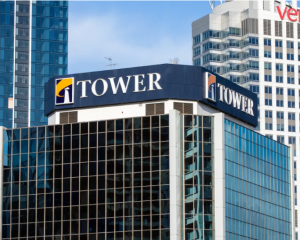Since November, Chatham Rock has sought to recapitalise. A rights issue to existing shareholders raised $549,000 and it is in the the process of seeking a private placement, in stages, for up to a further $C1.2million ($NZ1.33million), chief executive Chris Castle said in a recent NZX update.
Chatham has held a mining licence since since December 2012, but the EPA turned down its first application in February 2015, after Chatham had spent about $33million on research, development and application costs.
Chatham wants to suction up 1.5million tonnes of phosphate nodules annually from the seafloor, at depths of up to 450m, on the Chatham Rise about 250km west of the Chatham Islands.
It had recently confirmed it will also look at whether it was feasible to separate out any rare earth minerals brought to the surface with the phosphate, as a potentially lucrative byproduct.
Mr Castle said in his market update, which was included in addresses to the Underwater Mining Conference in Berlin last September, the company wanted to move away from being a ``one-trick pony''.
Chatham had made ``significant progress'' in securing marine phosphate opportunities overseas, to secure ``alliances'' linked to offshore phosphate assets, but structured in such a way so as not to divert funding from its proposed New Zealand operations.
It was about to commission a research project looking at separating byproducts, he said.
``Successful recovery of even a small proportion of these [unnamed rare earth] byproducts could add significantly to our future revenue and profitability and also establish a strategic ocean-floor based asset for New Zealand,'' he said.
The private placement, which closes on Friday, was undertaken in stages to partially reduce shareholder dilution of value, given the placement involved 4million shares, Mr Castle said.
``We still anticipate completing the [EPA] reapplication process and hearing by early 2020, he said.
The country's other seabed mining project, separate to Chatham, is Trans-Tasman Resources' development to mine ironsands from the seafloor off the southern coast of Taranaki, which gained EPA approval last year.
Two High Court appeals have since been lodged against the EPA decision,
by Kiwis Against Seabed Mining and Forest and Bird. They are yet to be heard.
Trans-Tasman wants to take 50million tonnes of seabed material annually, to extract 5million tonnes of ironsands, for 35 years. Its first application was turned down by the EPA in 2014.











